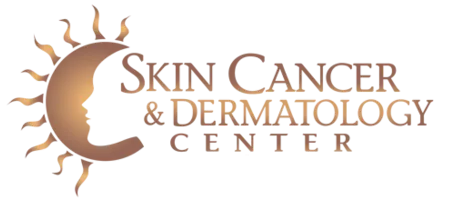Dermatologist in Colorado Springs, CO.
Anti-Aging Skincare: Ingredients and Techniques for Youthful Skin
- posted: Apr. 16, 2024
As we age, our skin undergoes changes such as reduced collagen production, loss of elasticity, and increased susceptibility to damage from environmental factors. While aging is a natural process, incorporating Read More
Mohs Surgery vs. Traditional Excision: Weighing the Pros and Cons
- posted: Apr. 05, 2024
Skin cancer can affect anyone and is the most commonly diagnosed form of cancer in the United States. When caught early, most skin cancers can be successfully treated and stopped Read More
Mole Check: Importance of Regular Skin Exams for Early Detection
- posted: Apr. 03, 2024
Moles are common skin growths that can appear anywhere on the body. While most moles are harmless, changes in size, shape, color, or texture can sometimes indicate skin cancer or Read More
Comparing Mohs Surgery With Traditional Excisional Surgery for Skin Cancer
- posted: Apr. 02, 2024
Mohs surgery and traditional excisional surgery offer two surgical techniques to treat skin cancer. According to the physicians at the Skin Cancer & Dermatology Center – with three Colorado locations Read More
Demystifying Skin Diseases: A Guide To Understanding Common Conditions
- posted: Mar. 25, 2024
Your skin can change often over the years and sometimes even overnight. It's normal to keep an eye on your skin health and have concerns about common skin conditions – Read More
Discover Your Acne Treatment Options
- posted: Mar. 18, 2024
Discover Your Acne Treatment Options Acne is a common skin condition. It can also be painful. The dermatologists at Skin Cancer & Dermatology Center in Colorado Springs, Pueblo, and Trinidad, CO, Read More
Are You Dealing with a Rash?
- posted: Mar. 07, 2024
Rashes can be itchy, uncomfortable, and ugly. They can develop suddenly or gradually over time. If you have a rash that doesn’t go away in a few days, you need Read More
What You Need To Know About Cosmetic Dermatology
- posted: Mar. 01, 2024
Cosmetic dermatology is focused on you looking your best. No matter what the aesthetic concern is, there is a procedure to help minimize the problem, so you can look great. Read More
Skin Rash Treatment
- posted: Feb. 07, 2024
Seek Medical Help If You have a Skin Rash Dermatologists see patients with skin rashes. Please read on to discover the importance of visiting a dermatologist for your skin rash and Read More
Skin Cancer: A Guide for Self-Examination
- posted: Feb. 03, 2024
Skin cancer screening in Colorado Springs, CO is an important part of your routine health care. At Skin Cancer & Dermatology Center with offices in Colorodo Springs, Pueblo, and Trinidad, Read More
Our Locations
1975 Research Parkway, Suite 165
Colorado Springs, CO 80920
Hours of Operation
Closed for lunch from 12:00 PM - 1:00 PM
Colorado Springs Location
7:30 am - 5:00 pm
7:30 am - 5:00 pm
7:30 am - 5:00 pm
7:30 am - 5:00 pm
8:00 am - 4:00 pm
Closed
Closed
Trinidad Location
Closed
Closed
Closed
Closed
8:00 am - 4:30 pm
Closed
Closed
Pueblo Location
8:00 am - 5:00 pm
8:00 am - 5:00 pm
8:00 am - 5:00 pm
8:00 am - 5:00 pm
Occasional
Closed
Closed
